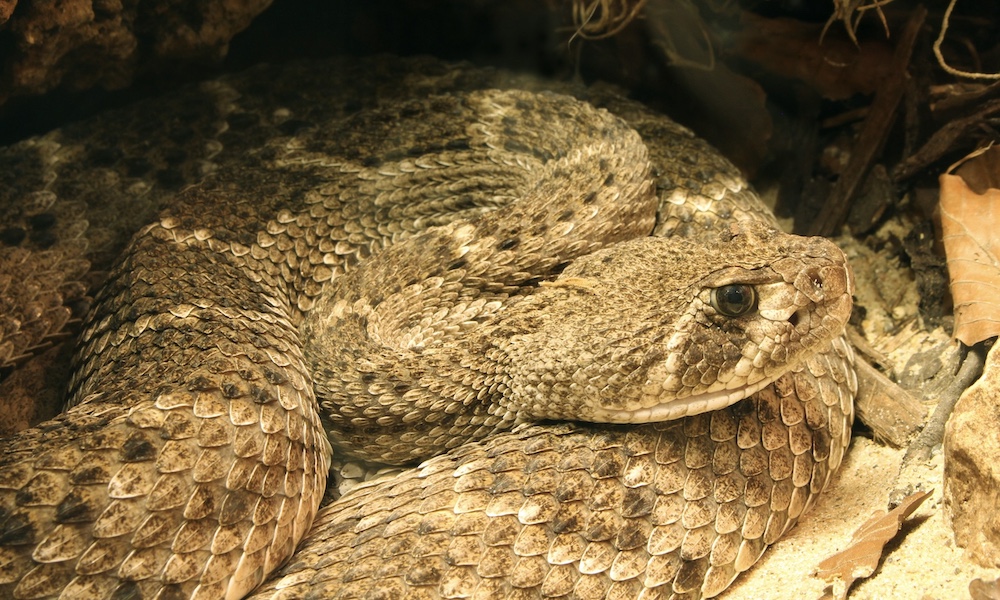A company that specializes in catching and relocating snakes in Phoenix and Tucson metro areas on Monday tweeted a list of the top five types of snakes encountered by residents.
Bryan Hughes of Rattlesnake Solutions stated that the list is based on “15,000-plus snake relocation calls and almost as many identification requests.”
It might come as a relief that only one of the snakes is venomous. The list, with species details gleaned from the Rattlesnake Solutions website:
–Western diamondback rattlesnake: “Can be found anywhere where neighborhoods get close to native desert habitat. These are sometimes called ‘coon-tail’ rattlesnakes. They can be identified by the rattle, white-and-black striped tail, and white-lined diamond pattern on the back.
“They are generally quick to be defensive, and quite venomous, so keep your distance and leave it alone if encountered.”
–Sonoran gophersnake: “Next to the Western Diamondback, the gophersnake may be the most commonly snake seen in Arizona. This is not only due to it being incredibly common, but also because it has adapted very well to life in the city.
“They can be very large, with adults commonly exceeding 5′ or more in length. They are often mistaken for rattlesnakes because of their superficial likeness, and tendency to quickly become defensive when approached.”
According 15,000+ snake relocation calls and almost as many identification requests, here are the top 5 snakes encountered by the typical Phoenix-area resident. pic.twitter.com/1cNB85LZQX
— Bryan D. Hughes (@rattlesnakeguy) March 18, 2024
–Kingsnake: “Kingsnakes are medium-sized, harmless snakes. Adults in the Phoenix area are commonly in the 3′ range, with exceptional animals approaching 4′. They are generally considered as beneficial snakes, regardless of fondness for snakes, since they regularly prey on rattlesnakes.”
–Desert nightsnake: “Nightsnakes are the most common snake to see inside of the home, in our experience. They are great at getting into small cracks and even get through pipes, and end up on kitchen counters, in bathroom sinks, and all kinds of surprising places.
They are very small, generally less than a foot long, and are often mistaken as baby rattlesnakes due to their triangular head and vertical eye slits. In fact, they are completely harmless, and it would be a challenge to try to get one to try and bite.”
–Long-nosed snake: “The Long-Nosed Snake is usually patterned with speckled black and white bands, with varying amounts of red or orange coloration. In addition to being often mistaken for a Kingsnake, this snake is frequently misidentified as a Sonoran Coralsnake. Long-nosed snakes are completely harmless, and almost never bite, even if provoked to an extreme level.”
Arizona has dozens of types of snakes, including 19 different rattlesnake species. Rattlesnake Solutions offers free identification for residents who can provide an image of the snake they’ve encountered.
–Western diamondback rattlesnake image courtesy of the U.S. Fish & Wildlife Service
